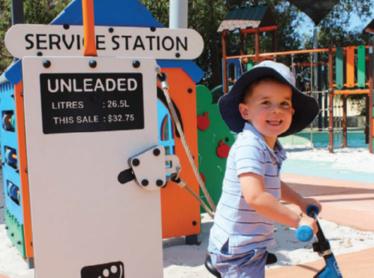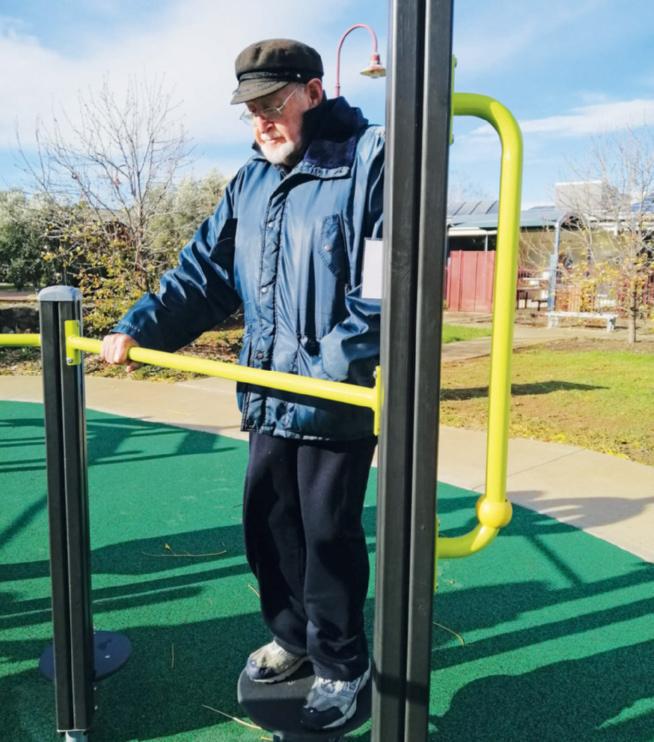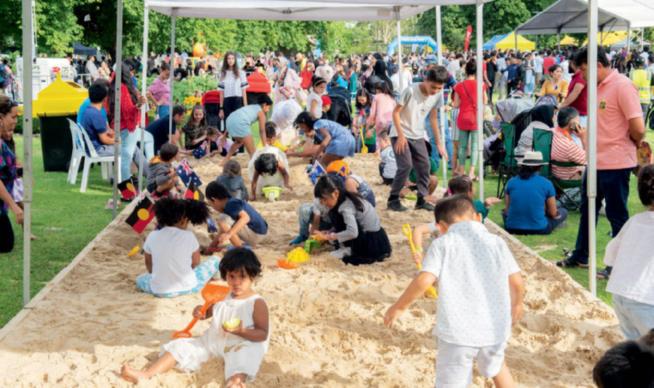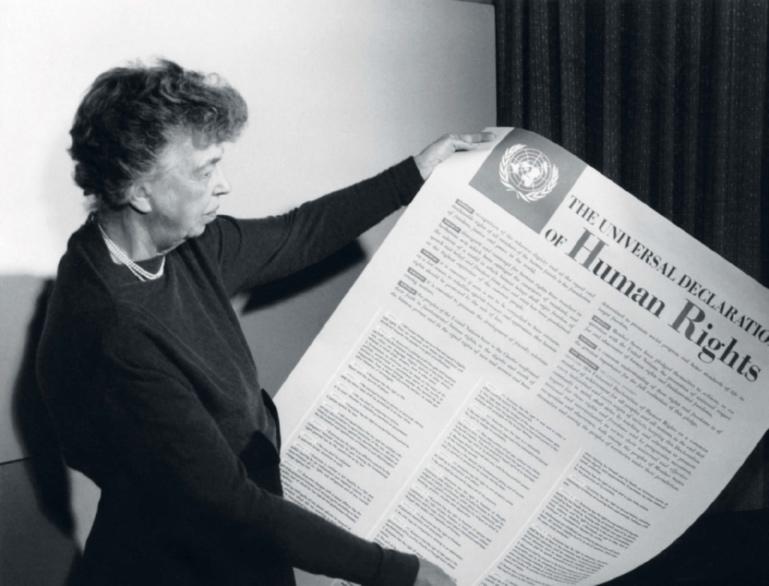
7 minute read
Play in Lockdown
WORDS TIM GILL, IPA MEMBER, AND ROBYN MONRO MILLER, IPA PRESIDENT
The International Play Association (IPA) has just released an international study of government and civil society responses to Covid-19 and their impact on children’s play and mobility. The study compares international responses (which have had signifi cant adverse consequences for children’s health and wellbeing) and seeks to identify emerging good practice on how children can be better supported through such a crisis. A summary follows.
This report sets out the fi ndings of a global study of the impact of measures prompted by the Covid-19 pandemic on the play and mobility of children. The aim is to provide baseline information, to make international comparisons, and to gather emerging good practice on how these measures can be mitigated.
It is clear that children face a very small direct risk from the disease. Hence the implementation of measures that harm them are a judgement — implicit or explicit — that this collateral damage is a price worth paying, because of the greater good. However, the study is important in bringing to light the sacrifi ces that children have been asked to make, and the potential consequences for their rights, health and wellbeing.
CLINICAL AND EPIDEMIOLOGICAL PICTURE Covid-19 is unusual for an infectious disease, in that children are a low risk. Statistics from many countries show that children are less likely than adults to be seriously aff ected. Covid-19 has been described by a global expert on risk as posing a level of risk to children that “would normally be deemed an acceptable part of life.” Some media reports have suggested higher mortality rates for children in some low and middle income countries, including Brazil and Indonesia, possibly due to malnutrition and lower background levels of child health. However, there is some uncertainty about the statistics. Even in these contexts, the risk to children is signifi cantly lower than the risk to adults.
While children are very rarely badly aff ected by the disease, they do become infected, and can pass the disease on to others. However, emerging evidence suggests that children are less likely to become infected, and may have a less important role in transmission than adults.
RISKS TO CHILDREN FROM PANDEMIC CONTROL MEASURES As the pandemic has spread, many governments have put in place drastic measures that have transformed the lives of hundreds of millions of children. These measures represent an infringement of children’s basic rights as laid down in the UN Convention on the Rights of the Child. What is more worrying is their potential impact on children’s health, wellbeing and development. Consideration of the policy side-eff ects for children has largely focused on their formal education. The wider child health and wellbeing impacts of lockdown and other measures have received less attention (although the topic has featured in media coverage) and has been the focus of academic research and professional debate.
One obvious consequence of infection control measures is that children are less able to play freely, especially out of doors. The benefi ts of play are widely recognised, and cut across physical and mental health, child development and wellbeing. Play is both a way for children to keep healthy, and a process that helps them to deal with everyday uncertainties, stresses and anxieties.
Opportunities to play may be even more benefi cial during a pandemic. To quote from the 2018 IPA report Access to Play for Children in Situations of Crisis: “In situations of crisis, stress, weakened physical and emotional development, feelings of lack of control and loss of trust steadily multiply if children lack everyday opportunities for play.”
Even where children have been allowed out of doors, the typical justifi cation — physical exercise — has in some countries been interpreted in highly adult-centred and restrictive ways. It has failed to recognise that for many children play takes the form of physical exercise. Children in disadvantaged circumstances are hit hardest, especially those with no access to private gardens, or in neighbourhoods with little or no public space. In response, the International Play Association (IPA) has raised children’s loss of play opportunities as an issue of concern and developed resources for children and caregivers.
The variation in national responses, and their potential impact on children’s play and mobility, provide the foundation for this study. It collates baseline facts on relevant infection control measures introduced by national governments, along with emerging responses from government and NGO sectors.
DISCUSSION A mixed picture is emerging of pandemic responses and their impact on children’s play and mobility. Some countries (including Sweden and Taiwan) have mostly kept schools and
playgrounds open, and introduced few, if any, measures restricting freedom of movement. Some (including Indonesia, Italy, Nepal, Spain and Turkey) prohibited children from leaving home altogether for at least a month, on top of school and playground closures. This eff ectively left millions of children imprisoned inside their apartments. Most others (including the four UK nations) have allowed children outside the home with family members only for limited reasons, alongside widespread school and playground closures.
On a more positive note, a number of countries are reopening schools and childcare (often taking a phased approach) and many countries are relaxing some lockdown and social distancing measures, including opening previously closed parks and playgrounds, more permissive guidance around social gatherings, and phased opening of schools and childcare settings. In a few countries, municipalities have been taking advantage of plummeting traffi c levels to temporarily close streets to cars, widen pavements, or introduce other highway measures, partly to make it easier to follow social distancing rules and partly to promote walking and cycling.
CONCLUSIONS Almost all of the 25 countries covered in this study have implemented measures that have transformed children’s lives, and dramatically curtailed their play opportunities. Children in some countries have been particularly hard-hit. Some measures were brought in at an early stage in the spread of the disease, when there was considerably more uncertainty about the science than there is now. We know that these restrictions will leave their mark, although the full impact may not be apparent for many months or years.
We should not forget that millions of children have experienced months under what is in eff ect house arrest. Many millions more have faced social isolation and domestic stress. They may be anxious for their own health, worried about sick friends and relatives, and grieving for loved ones who have died before their time. The most vulnerable children are likely to be particularly badly aff ected, including those in poor housing and homeless circumstances, and children with special educational needs and disabilities. All the while, in being deprived of play, they have been denied one of the simplest and most eff ective ways to maintain their physical, emotional and mental health and well-being.
As the pandemic evolves, it will be vital to track its ongoing impact on children. While illness is part of this, even more important, is to track infection control measures. Sadly, it seems likely that restrictions on movement and activity may need to be reintroduced in some countries to control infection outbreaks.
As knowledge about the virus and children’s role in its spread grows, governments need to take a balanced approach to the measures it introduces, and to pay more attention to how these measures may restrict children’s play opportunities. One approach that will help in this respect is to adapt the riskbenefi t assessment tool that has been developed by play advocates in several countries. The implementation of measures that harm children represent the view — implicit or explicit — that this collateral damage is a price worth paying because of the greater good. However, it is important in bringing to light the sacrifi ces that children are being asked to make, and the potential consequences for their rights, health and wellbeing. Advocates across the world need to work with governments to fi nd solutions that address play deprivation and minimise the impact on children’s development.
THE FULL REPORT
To view the full report visit: playaustralia.org.au/ sites/default/fi les/LibraryDownloads/ IPA-Covidreport.pdf


2020 Catalogue Out Now


Designed and Manufactured in Australia
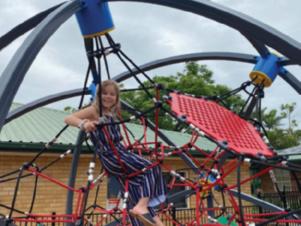
Unit 16 / 459 Tufnell Rd, Banyo QLD 4014
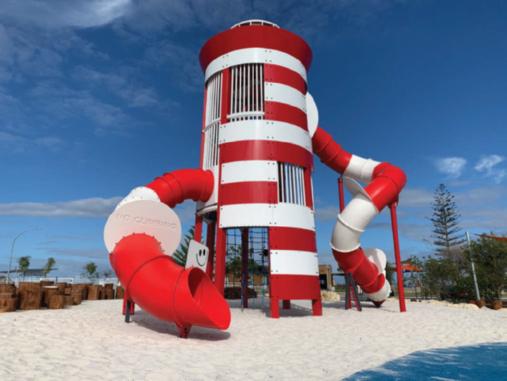
WILLPLAY Play | Fitness | Recreation
